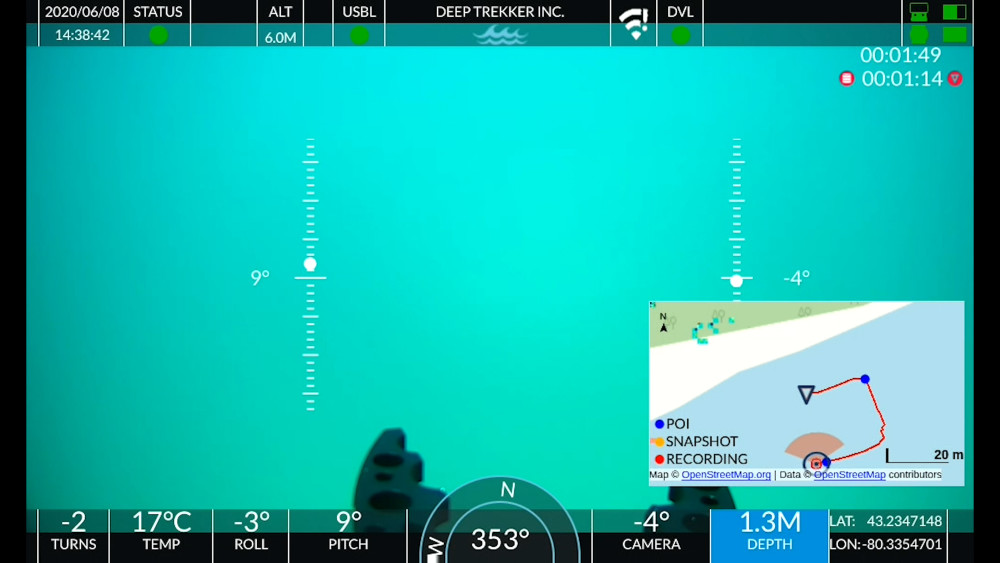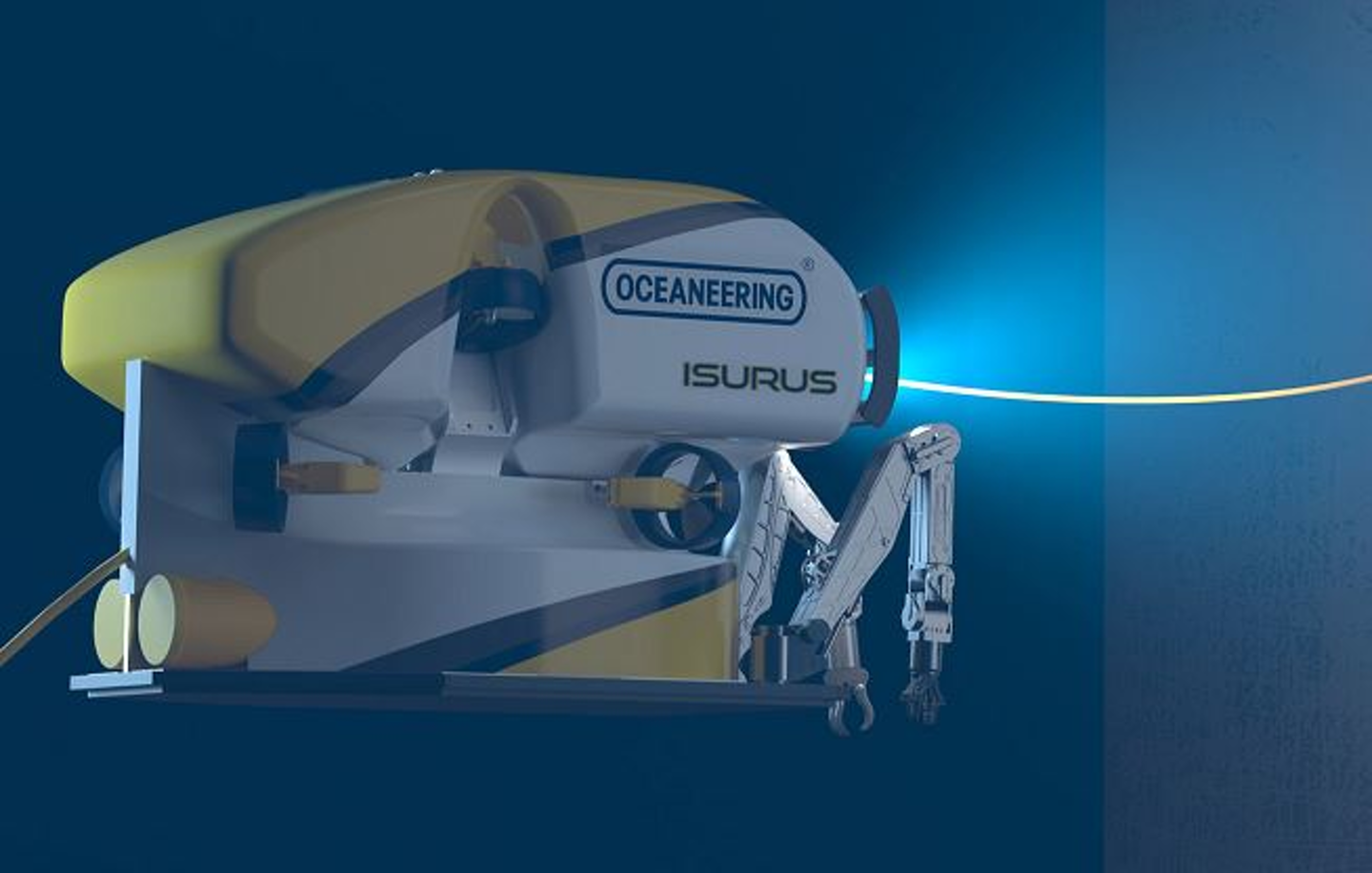Home › Forums › General › General Board › Fluorescein dye detection
- This topic has 11 replies, 6 voices, and was last updated 14 years, 11 months ago by
Bills.
-
AuthorPosts
-
May 14, 2009 at 12:36 pm #2458
Savante
ParticipantAnyone got any images of fluorescein dye picked up using the Kongsberg OE2800 ?? Hydra-test – that sort of stuff.
May 15, 2009 at 7:47 am #23363Andy Shiers
ParticipantWhat are you up to Savante 😕
May 15, 2009 at 8:32 am #23364Anonymous
GuestNo images but a normal Kongsberg color cam should do the trick! So why but extra equipment on your system!
May 15, 2009 at 8:51 am #23365Savante
ParticipantDevilment of the worst kind sir !!
Just looking for some images to see the typical brightness of the fluorescence with a standard camera, the filtered halogen lamps and ROV lighting. Any unattributed screen grabs would be helpful.
Do you guys see the stuff glowing or do you just look for the blue/yellow cloud and plumes of the stuff (I’ve looked for puffs of glycol 530 in a pressure-tested xmas tree once, but never had the luck to do a fluorescein leak hunt).
May 15, 2009 at 9:18 am #23366Anonymous
GuestThey used to mix up their hydraulic oil on the platform with the dye, don’t know how it disperses over these control lines so quick. But with the usual standard hid lightning and cams the oil just showed up (fluorescent) green. Depending on the size of the leak but you do have to go and hunt for it.
May 15, 2009 at 10:48 am #23367Savante
Participanthey dog, were your HID lights filtered at all or was it just plain old white light?
May 15, 2009 at 1:13 pm #23368GraemeRSU
ParticipantYou need to know the Excitation Wavelength and visible wavelength after excitation for the Fluorescein dye that you are using.
The Light unit needs to be setup to emit the excitation wavelength.
The Camera needs to tuned to see the visible wavelength of the dye after excitation.
The OE2800 Kongsberg system comes with an OE11-135 light setup for the excitation wavelength and has an OE1366 camera that is tuned to see the visible wavelenght of the dye after it is exposed by the light.
Please note that this setup though is not compatible with all variants of leak detection dye that contain fluorscein.
Therefore always check the required wavelengths on the dye data sheet and ensure the light and camera are setup correctly.
May 15, 2009 at 1:42 pm #23369rovrave
Participanthuh?…
Wow! …and i always thought it was just green stuff
May 15, 2009 at 4:59 pm #23370Andy Shiers
Participant😕 I share your confusion there Rovrave 😀
I usually turn the Rov headlights on and watch for green stuff ! Even purple !
As for turning all the lights off and watching for fluorescents , Nope not seen ’em 😯 Even with the old S.I.T camera it came out as dark grey 🙂May 16, 2009 at 11:17 am #23371Bills
ParticipantFor optimum results the light requires a filter fitted as does the colour camera specific to the dye excitation and fluorescing wavelengths.
Switch off as many of your standard lights as you can get off with and you will/should (in the case of Fluorescein) see a nice green plume.May 16, 2009 at 1:44 pm #23372Savante
ParticipantBill – any idea what sort of concentration of fluorescein you’re getting down at the coal-face in practise? I know there is a natural commercial tendancy to "get it as sensitive as possible", but what sort of concentrations are found realistically ?
May 18, 2009 at 8:25 am #23373Bills
ParticipantI’m talking under ideal conditions in a test tank and with no real coal-face experience. Fluorescein was diluted in water.
1ppm just visible at 3 metres. 10ppm easily visible at 3 metres. 100ppm no way you could miss. -
AuthorPosts
- You must be logged in to reply to this topic.



